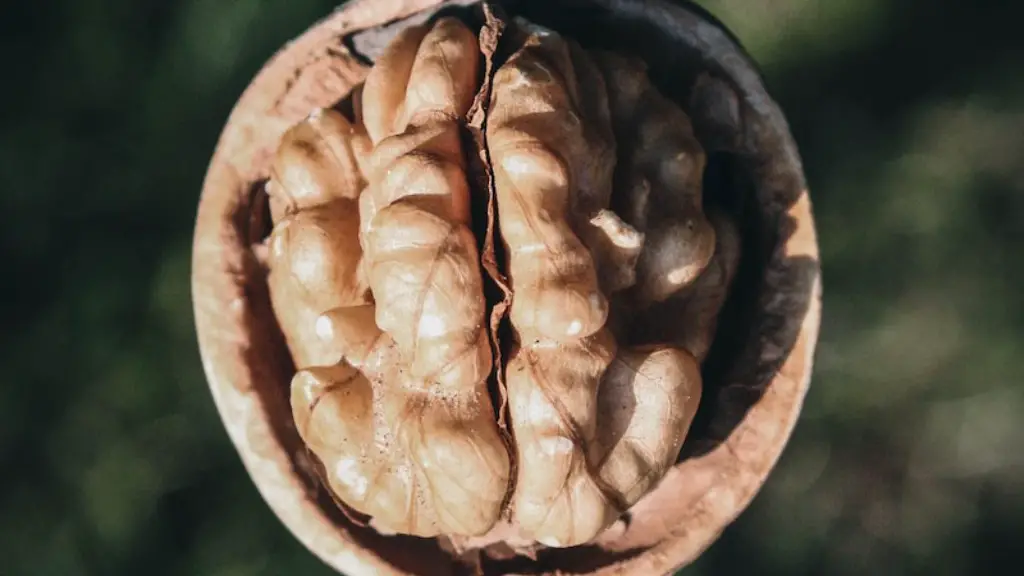Lemon trees are a popular citrus tree that is grown in many home gardens. While these trees are generally tough and resistant to most pests and diseases, they can occasionally experience problems, such as curling leaves. There are a few reasons why lemon tree leaves may curl, including nutrient deficiencies, temperature stress, or pests. By understanding the causes of curling leaves, you can take steps to correct the problem and keep your lemon tree healthy.
The most common reason for lemon tree leaves to curl is due to a lack of water. When the tree doesn’t have enough water, the leaves will start to curl in order to prevent themselves from losing too much water. Other reasons for lemon tree leaves to curl can include pests, diseases, or even stress from too much sunlight.
What does it mean when lemon tree leaves curl up?
Citrus leaves can curl when disease is present, temperatures are either too cold or too hot, or there’s an insect infestation such as scale, mealy bug, mites or aphids Over or under-watering can also cause citrus tree leaf curl.
Lemon trees need deep watering every 10 days and the soil should be allowed to dry out between waterings. This will encourage deep roots growth and prevent drought stress. Once you have corrected the watering issue, the lemon leaf should stop curling.
How often should lemon trees be watered
A lemon tree should be watered once a week or every two weeks, depending on the rainfall in your area or the humidity indoors. A watering schedule is important to keeping your lemon trees healthy and happy. If you’re not sure when to water your lemon trees, just check the top 2 inches of soil.
Leaf curl is a common problem for gardeners. It can usually be controlled satisfactorily by a spray of a suitable registered fungicide at any stage of dormancy. Most effective control is achieved by spraying when the buds are swelling but before they have opened. It’s not possible to control the fungus once it’s entered the leaf.
How do you fix lemon leaf curls?
If you have a citrus tree that is suffering from leaf curl, you can treat it with neem oil or insecticidal soap. If the infestation is severe, you may need to treat the tree weekly until it recovers. When applying insecticide, remember to spray generously on the leaves. This will ensure that the insects are fully coated with oil.
A copper based clean up spray is the most effective way of controlling leaf curl. Spray in autumn/winter using a copper fungicide and oil until bud burst in spring at 10-14 day intervals. Collect up any infected leaves that fall and burn or dispose of, do not compost as this will spread the disease.
What does Overwatered lemon tree look like?
A tree with yellow or cupped leaves, or leaves that don’t look perky AFTER watering can indicate excessive watering and soggy roots. Give your tree water less often. Citrus prefer infrequent, deep watering to frequent, shallow sprinklings.
Citrus plants need regular care to stay healthy and produce fruit. Feed them regularly with a citrus specific fertiliser and keep them well-watered during the drier months. Mulch well (leaving a 10cm gap between the trunk and the mulch to avoid collar rot) and reduce competition for food and water by removing weeds and grass in the drip zone.
What are three common problems that lemon trees can have
The seven problems of lemon trees are:
1. Lesions On Leaves – Citrus Canker
2. Black Moldy Spots – Sooty Mold (And Aphids)
3. Fuzzy Gray Mold And Brown Spots – Botrytis Blight
4. Tan Spots with Dark Outlines – Anthracnose
5. Brown Scabs – Lemon Scab
6. Yellow Leaves – Nutrient Deficiencies
7. shriveled Fruits – Phytophthora Fruit Rot
This is a guide on how to check if your tree needs water. Try sticking your finger into the soil 3-6 inches from the surface. If the area is dry, then it’s time to water the tree. If the area is still moist, then wait a few more days before watering.
How do I know if my citrus tree is overwatered?
Overwatering trees can lead to a number of problems including the wilting of new growth, yellowing or light green leaves, and the breaking of leaves. If you notice any of these signs, it’s important to cut back on watering and let the tree dry out a bit.
Keeping humidity levels high is especially important for citrus plants during the winter months. Misting your plants once or twice a day will help to keep the foliage lush and ward off insects. Keep the citrus moist but not soggy.
Can plants recover from leaf curl
There are many possible causes of curled leaves on a plant, but thankfully, most of them are easily reversible with a little bit of effort. If you can figure out what is causing the leaves to curl, you can often fix the problem quickly and get your plants back to looking their best.
If you see leaf curl symptoms primarily in spring, there is little you can do to control the disease at this time. Some people remove diseased leaves or prune infected shoots, but this has not been shown to improve control.
Can you save a tree from leaf curl?
If a tree is already infected, it is important to remove all distorted leaves and fruit. This will help to prevent the spread of the infection. Destroy the removed leaves and fruit (by binning or burning them). Feed your soil with slow release organic fertilisers and soil conditioners, as well as regular watering regimes, to ensure it is healthy and can recover from infection.
Live apple cider vinegar to the rescue! This solution works well, but is probably better suited to smaller gardens because you need to spray often.
Can overwatering cause leaf curl
If you notice that your potting soil is staying soggy for too long, this could be causing your leaves to curl. To avoid this, make sure that the top inch or two of soil is allowed to dry out between watering. Additionally, always use pots with drainage holes to help excess water escape.
Citrus leaf curling can be treated by preventing the plant from expanding fully. Curling can also be prevented by using a stronger spray to keep the leaves from drooping.
Warp Up
The leaves on a lemon tree will curl under when the tree is stressed from a lack of water, when the tree is getting too much water, or when the tree is being attacked by pests.
There are a few reasons that your lemon tree leaves may be curling. One reason could be that the tree is not getting enough water. Try to water the tree deeply and regularly, making sure that the soil is moist but not soggy. Another reason could be that the tree is getting too much sun. Try to provide some shade for the tree, either by using a shade cloth or by planting another tree nearby. Finally, pests or diseases could be causing the leaves to curl. Inspect the leaves carefully and treat accordingly.




